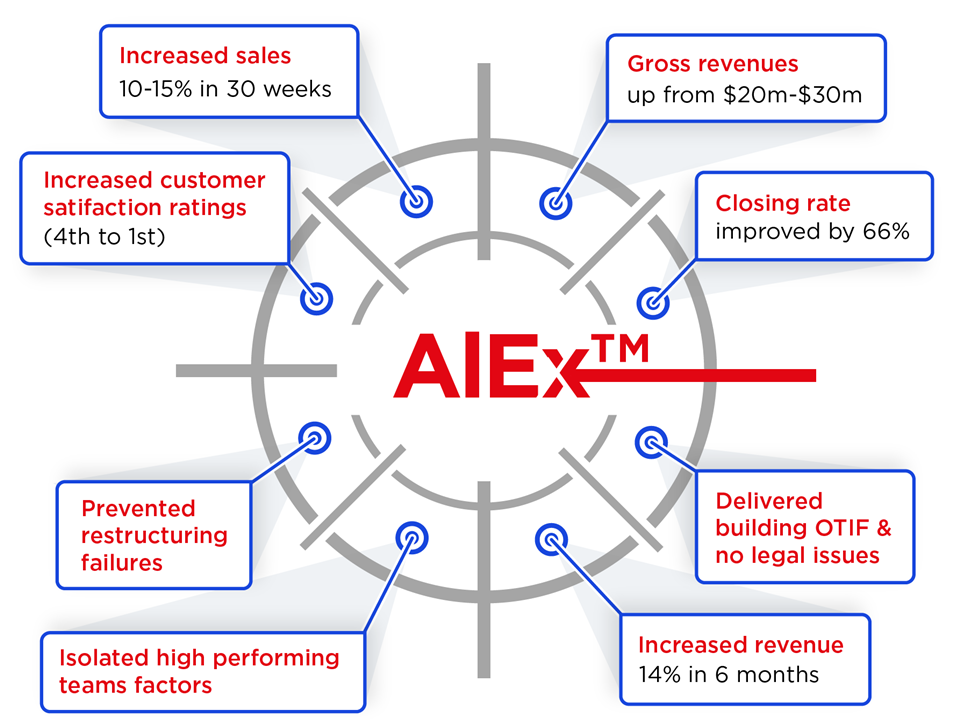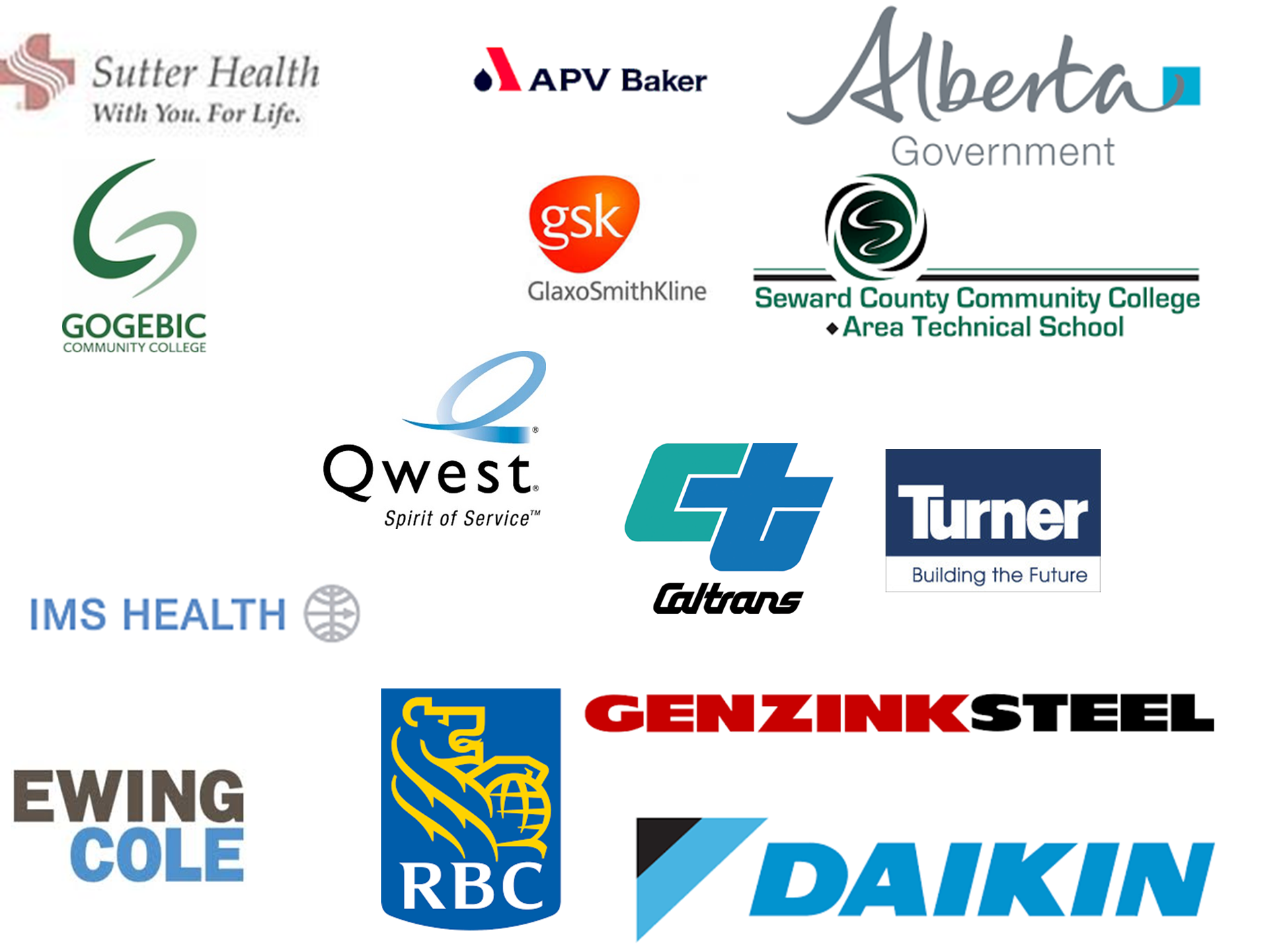Aligning Expectations

Why Align Your People Now?
In times of rapid, even chaotic change, people’s natural default is to do what they have always done, especially in this Covid era! Uncertainty drives inertia when people are not engaged in making needed change. Consequently:
- 60% of major change initiatives in North American businesses fail. (McKinsey (2019)
- 70%+ of leaders’ expectations regarding major change are not understood by their people (Focusing Change to Win (2016)
- Low performing companies have nearly twice as much turnover among top performing employees as high-performing companies (Watson Wyatt Worldwide)
Signs of People Not Being on the Same Page
- Expecting things to be done and repeatedly being disappointed
- Being handed yet another impossible deadline
- Feeling that you have to be a mind reader to figure it out…
- Welling anger when important decisions fall apart (because there really wasn’t any buy-in)
Agreeing on facts but unaware that people are interpreting them differently
People Not Being on the Same Page Is Costly, Pervasive and Destructive
What is AlEx™?
The AlEx™ process helps people develop measurable ways of working more effectively. It focuses on people discovering and assessing their expectations of others as well as the expectations others have of them. AlEx™ analytical tools help drive performance discussions between groups and individuals on their expectations and assumptions that result in:
- Specifying clear performance criteria against which individuals/groups will be measured
- Removing expectations that are non-value add and not strategically aligned
Identifying significant issues to address, resulting in elevated performance and communication
Tested successfully by 50 researchers, with 50 organizations and over 2000 managers
(John Machin – The Expectations Approach)
What is the ROI from AlEx™

- Distractions that impact workloads
- Misaligned expectations which reduce flexibility and strategic focus
- Factors that reduce competitiveness
- Misalignment with organizational principles and strategies
The final outcomes help individuals understand:
- What is expected of them
- What they can expect from others
- How well they are strategically aligned
- How their performance is measured and compensated
- What they should stop doing
- What they need to focus on
- What information and resources can be used to achieve their goals
- Productivity issues between managers and their staff
- How they are going to be supported and coached
What is the AlEx™ process?
- Identify disrupters and determine project focus
- Detail existing expectations and misalignments
- Analyze the data and develop alignment plans
- Track progress
1. Define Project Focus
Identify the areas where Leaders are misaligned and develop a six-month plan to realign, develop objectives and define deliverables. Include Leaders, peers, direct reports, other divisions, and channel partners.
- Target Population
- Alignment Sequence
- Define how expectations are coded e.g. financial impact, tension
- Develop communication plan including roles and messaging
2. Develop Alignment Components
Identify five to seven components needing work. Develop definitions where sales and other teams are:
- Misaligned with the managers
- Both focused on similar goals
- Not carrying out plans
- Under performing
3. Develop Stop, Start and Continue Expectations
Leaders develop expectations for each component
- What they expect others to start doing, stop doing, and continue doing
- What they think others expect of them to start doing, stop doing, and continue doing
- Expectations are entered into the data base.
4. Introduce Components and Process to Project Group
Leaders and TCA Consultants introduce the Alignment Components (from #2 above) with the plan to address the 5-7 Alignment Components. Initial training includes:
- How to develop quality expectations of others
- How to enter expectations into the App
- How to update expectations
5. Identify Misalignments
Data analysis identifies apparent misalignments by alignment component, groups and one-on-one relationships, For example, if ‘person A’ has 8 expectations of ‘person B’ but ‘person B’ is only aware of and responding to 3 of those expectations, then an obvious misalignment exists.
AlEx™ reporting identifies misalignments by pairs and in groups. This enables leaders to prioritize alignment plans and specify how they want to track progress.
6. Alignment Sessions
Pairs and groups of participants meet to review expectations based on the priorities developed in #5. They determine which expectations to:
- Discard
- Keep
- Resolve
These decisions are recorded to the database to track overall progress.
7. Rounds 2+ Alignment Sessions
The alignment progress is tracked in subsequent rounds to ensure people and teams are meeting agreed expectations and developing new ones.
* Leaders includes the Senior Management Team and People includes those in the Sales Management Team.
How has AlEx™ been used?
AlEx™ is a key driver for successful systemic change. It clarifies and improves performance contracts between critical relationships, including:
- Managers and subordinates
- Leadership teams
- Cross-functional groups
- General contractors and their sub-contractors
AlEx™ support teams to:
- Improve competitiveness
- Deliver more customer-focused solutions
- Accelerate and build partnerships
- Restructure organizations

